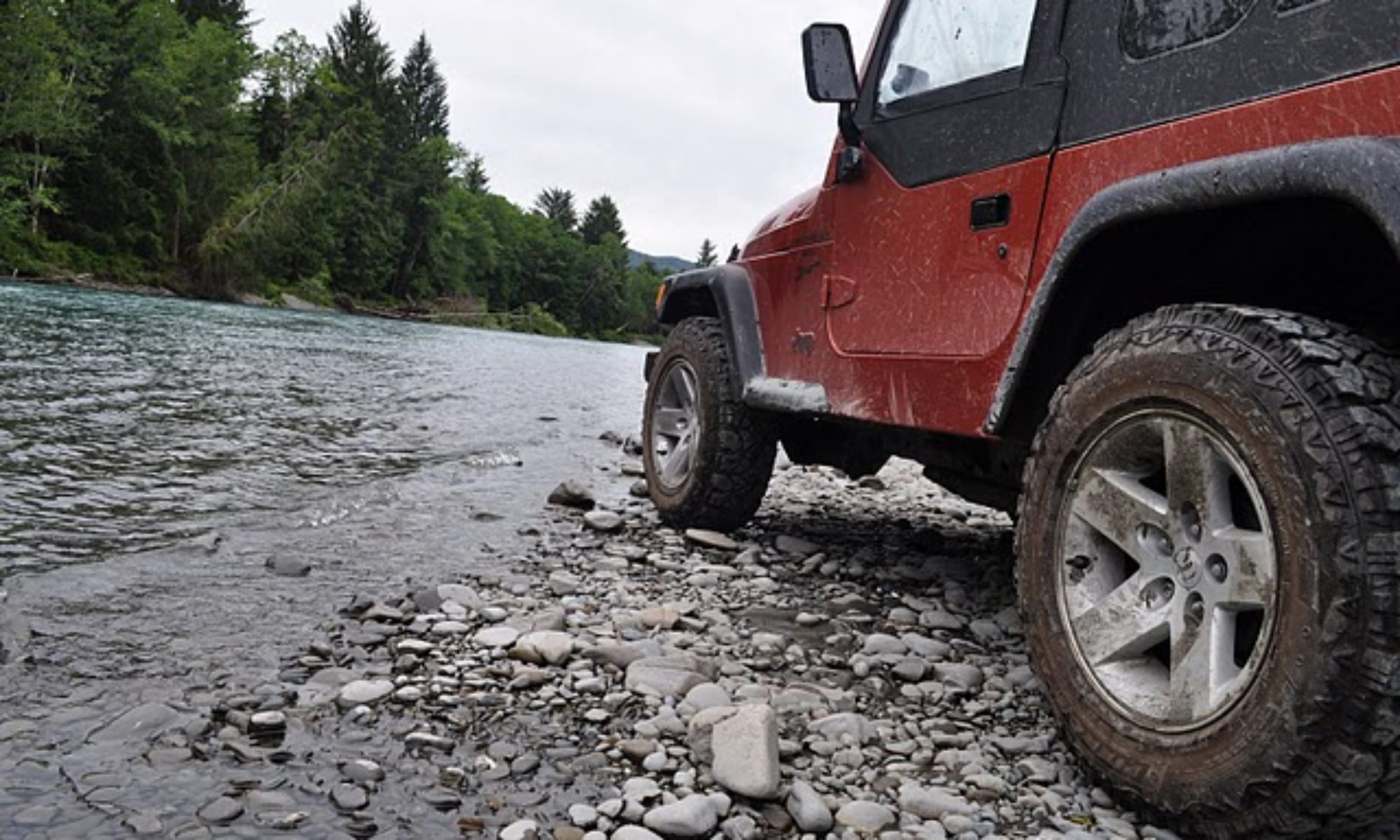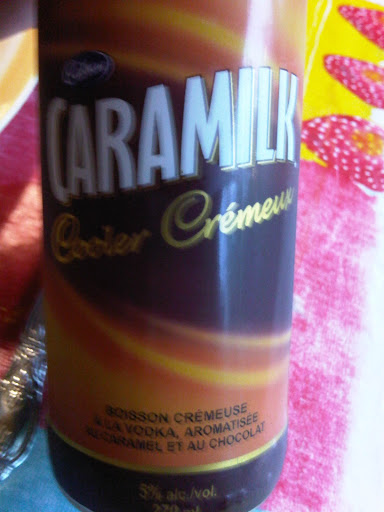To many of us that live in more rural areas, cities look like they epitomize the opportunity for individuality. In small towns you can’t get away with brightly colored hair, dressing up on any day other than Sunday (unless a special occasion permits) or being loud and outspoken without feeling ostracized. In a big city people are not only permitted to do this in abudance, they can actually do so without criticism. There are simply so many people from so many different walks of life that no one has time to care, nor a right to judge.
Today I headed to one of those cities: Chicago. It isn’t the first big city I’ve been to. I visit Baltimore on occasion to see my cousin, and we also go to Washington D.C. I’ve been to Miami, I was born in the L.A. area and have been back many times to visit family, and Kansas City is a short drive away. Chicago wasn’t my first big city, but it was about to inspire a change in perception of big city living.
The drive to the city wasn’t too long, and I was lucky to have the company of my friend (who invited me to shoot off the cannon a few days prior) that had a conference to attend in Chicago starting the same day I would be arriving. 380 miles into the 475 mile drive we stopped at a gas station to fill up, both my Jeep and ourselves, and something very familiar was adorning the merchendise racks. The university I attend is fairly small, but nearly 400 miles away we found a pocket of university t-shirts, hats and other apparell. As I paid for my beverages I asked the cashier why he had this particular school’s items for sale, and he said a lot of people from around here go to that school. I would never have thought…
Driving in Chicago is something else. The GPS is all but worthless with streets being so close together, or often stacked on top of eachother, and the tall sky scrapers blocking the satellite signal. Parking is limited, and expensive. Before dropping my friend off near her conference location we decided to visit the towerplace mall. Parking was more expensive than what money we spend in the mall itself.
Then it was time for me to find my recently-Chicagan friend’s apartment. Parking overnight here would cost $25, and finding the place itself was a bit of an adventure. My GPS would think I was on a street one over than I was actually on, would lose signal often, and tell me to turn left where there was no road because it thought I was on the bottom road, not the top, of a layered street. I was incredibly thankful once I found the parking garage…even if it set off an annoying alarm when I pulled in.
Another friend of mine, who moved to the Chicago area several years ago, met up with us at my new Chicagan friend’s apartment and we headed out to explore the city. We visited Millenium Park, looked down at Grand Avenue from the top of his building, enjoyed gourmet popcorn, and then took the L to China town where we ate authentic Chinese food. The L was certainly the way to get around in Chicago. No stress of figuring out where to turn next, no parking fees, and best of all you can actually drink what you want to enjoy without having to worry about a D.D.
As I wandered the streets of Chicago with my friends I realized something. The people of the city aren’t necessarily free to be who they want, they are trying to express themselves since they can’t accomplish it in other ways. One of the biggest pieces of who I am, the vehicles I own and enjoy to drive, are things that many Chicagans simply can’t enjoy. It’s too expensive to drive, or for that matter park, anywhere. Gas is more expensive, apartments soar into the sky with little room for parking, and streets are crowded making travel inconvienent.
The bold hair colors and wild clothes aren’t necessarily what these people want to portray, it’s just the only way to stand out in a crowd of thousands. How can anyone express their individuality in a sea of so many people? The subtleties are lost. Cities aren’t places where you are free to be yourself: They are places where you have to be loud for anyone to recognize who you are. While in small town culture you have to have subtle differences since everyone is so notieable, in a city you have to swing in the opposite direction, playing up every quality you want to be noticed.
Neither city nor rural area are above each other. I used to think that since I liked to dress up often, and since I had my own style, I would fit in better in city living. I have now discovered this isn’t true- driving is such an intergral part of my being that I would never be able to be myself in such a place. I had spent so much of my life, as many of us do, looking at the greener grass in the neighbors pasture. Suddenly I knew that I like right where I am. Life is good, and while I still plan on moving around to wherever my job takes me, I can be happy no matter where I am. The goal isn’t to dress down, or dress up, for anyone. I just do what I like, regardless what others think, and there is no place that can make you feel comfortable in that.
The thing in charge of your happiness is you.
-Nicole









